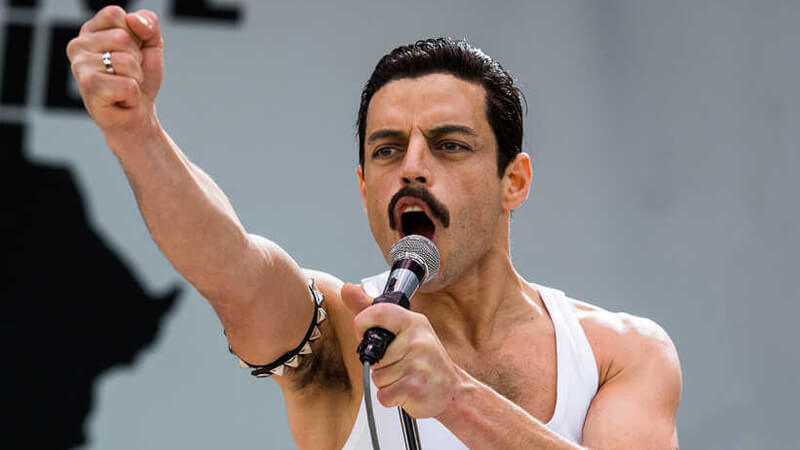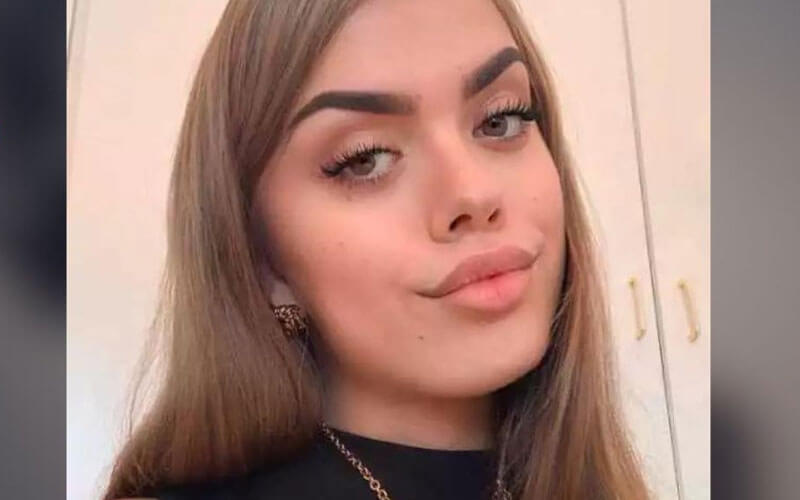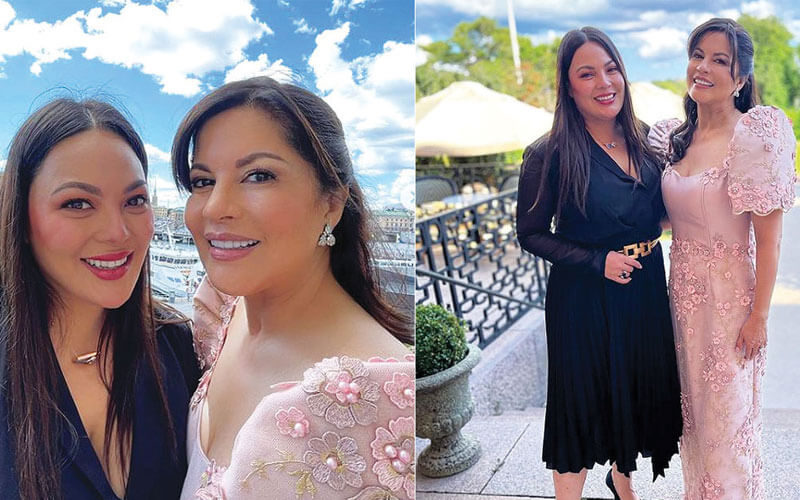Biography of Freddie Mercury :- Freddie Mercury a vocalist, musician and composer who were internationally known as the leader of the British rock band Queen, but also developed a solo career of undeniable success.
Not his real name was Freddie Mercury, nor did he reach the world in the United Kingdom, the country that saw him triumph.
It was called Farrokh Bulsara and was born on September 5, 1946 on the island of Zanzibar (Tanzania), located on the east coast of Africa and famous for its spice production.
A provocative figure, versatile and charismatic as few, his death on November 24, 1991 shocked the world of music.
Biography of Freddie Mercury
- Born:- 5 September 1946, Stone Town, Tanzania
- Died:- 24 November 1991, Kensington, London, United Kingdom
- Hight:- 1.77 m
- Parents:- Jer Bulsara, Bomi Bulsara
Farrokh was an extraordinarily handsome child, timid and much attached to his mother and his younger sister Kashmira, who was born in 1952.
See Also: Biography of Jane Fonda
Their parents, Jer and Bomi Bulsara, formed a marriage of Persian Persian origin of the prophet Zoroaster, and they decided to send the child To India to receive a good education.
There he was taken care of by his uncles and was enrolled in St. Peter’s School, a British teaching institution located in Panchgani, some fifty miles from Bombay.
Very interested in sports, young Bulsara showed good manners as a boxer although, after his mother encouraged him to hang his gloves because it was a practice too violent, changed the ring on the table tennis and at age ten was already champion School of the discipline.
As well as in those years of the childhood began to awaken his liking by the music, followed piano classes and entered in the choir of the school.
Convinced of his early musical abilities, it was the St. Peter’s director himself who recommended the young man’s parents to start piano studies.
During this period of formation, the restless Farrokh also began to demonstrate certain scenic abilities and participated in several collegiate plays.
Soon he set up his first musical group, The Hectics, an amateur rock and roll band that lavished their performances on all the parties and dances of the school.
Derrick Branche, Bruce Murray, Farang Irani and Victory Rana accompanied him in this training, where he was the pianist.
Farrokh’s early musical influences came from mystical Hindu music, classical sounds and something of rock and roll that then occurred in other parts of the planet.
At that time his school friends began to call him Freddie, a more or less faithful translation of Farrokh into English, and in fact the young man himself occasionally signed as Frederick.
He returned to Zanzibar in 1962 along with his family, but a couple of years later, the Bulsara decided to immigrate to the United Kingdom, to escape of the outbreak of violence that suffered the island.
Interestingly, Freddie would never return to his native land, nor to India; a new stage of his life began then in a house of Felltham (Middlesex), near London.
He entered the Isleworth Polythecnic and, during the holidays, was employed in casual jobs to earn extra money.
By 1966, Freddie was a student at the Ealing Art School, who was studying to become a graphic designer, although his interest in music had not disappeared. He left his house and rented a flat in Kensington with a partner named Chris Smith.
At that time he also became very close friends with Tim Staffell, another friend of Ealing who was part of a group called Smile, in which they played Brian May and Roger Taylor. Freddie became a follower and number one fan of the band.
In 1969, he left school with a diploma in graphic arts and design in his pocket and began sharing a flat with Roger, with whom he went to a Kensington flea market to sell clothes and paintings.
In the summer of that same year, Freddie began to sing in a group of Liverpool called Ibex, that had moved to London looking fame and success, but that had an ephemeral and complicated existence.
On August 23, 1969, Freddie made his public debut alongside the trio of Mike Bersin, John Tupp Taylor and Mick Miffer Smith.
A month later, the group changed battery and name. Miffer left the formation and left to its site to Richard Thompson, ex parte of 1984, the band of Brian May.
After this failed experience, Freddie tried in another band called Sour Milk Sea, with which he contacted thanks to an announcement of the Melody Maker in which they looked for a singer.
At the end of 1969, Freddie was the lead singer of the group, which also included Chris Cheney and Jeremy Rubber Gallop on guitar, bassist Paul Milan and drummer Rob Tyrell. But this promising adventure only lasted a few months because, in April 1970, Smile again crossed paths.
His old friend Tim Staffell had decided to leave the lineup and Roger and Brian asked him to be the lead singer of the group.
An important fact in the private life of Mercury took place in 1970; it was then that he met Mary Austin, with whom he lived for seven years and with whom he would maintain a good friendship until the moment of his death.
Curiously, before Queen released her first album, Freddie released a song called I can hear music , under the name of Larry Lurex.
Almost a decade later, when she had already tasted the honeys of success with Queen, Mercury made another of her dreams come true.
He had always been passionate about dance and on October 7, 1979 he performed with the Royal Ballet, performing and dancing Bohemian Rhapsody and Crazy little thing called love .
The life of excesses derived from fame and success was a legend that inevitably accompanied Freddie Mercury and his parties were always sounded, but also recognized the musician for being a great friend of his friends.
Towards the end of the seventies he broke his romantic relationship with Mary Austin and rumors began to emerge about his change of sexual orientation. The comments were backed up by the radical change of image that the musician showed towards 1980.
He cut his long hair to a minimum and grew a big mustache, imitating the very fashionable gay aesthetics in the bars of San Francisco and that had faithfully reflected the Famous Village People.
At the end of 1982 Queen made a break in her career and released the band members to launch their respective side projects. Mercury rented Musicland Studios from Munich and, along with producer Mack, entered them to record their first solo album.
During this period, he also met a legend in the world of musical production, the great Giorgio Moroder, father of the “electro disco.”
In those days, Moroder worked on the soundtrack of the restored version of Metropolis , a mythical film directed by Fritz Lang, and asked Freddie to collaborate on an issue; The result was Love kills , composed by both and interpreted by Mercury.
The single, the first single signed as Freddie Mercury, released on September 10, 1984, achieved significant success and served as a springboard for his next job.
A few months before the release of the single had occurred another casual encounter in the life of Mercury that would derive, in the future, a surprising musical collaboration.
In May 1983 he attended the Royal Opera House in London to see a performance of Un ballo di maschera , by Italian composer Giuseppe Verdi, and they are captivated by the beauty of the voice of the Catalan diva Monserrat Caballé.
On April 9, 1985, the advance of his first full-length album, the single I was born to love you , came to the stores and, three weeks later, the album Mr. Bad Guy , both edited by CBS Records .
The commercial results were excellent and on July 13 of that same year the many Mercury fans could see their memorable performance during the Live Aid concert at Wembley Stadium.
At the beginning of 1987, Freddie entered the Townhouse studios of London to record some songs. From these sessions was born the remake of The great pretend , a great subject that The Platters had popularized years ago.
On sale since February 23 of that year, work was scored a new success on the already long list of triumphant musician.
A month later, Mercury flew to Barcelona to meet personally that bel canto diva that captivated him years ago. Monserrat Caballé welcomed a cassette with some themes of the multifaceted Mercury and even got to play one of them in the London Covent Garden.
A month later, they began to work on the edition of their joint album, and in late May, both sang live the Barcelona song at the Ku club of Ibiza. The 8 of October of 1988 repeated performance in the festival the Nit of the Condal City, excellent presentation for the album Barcelona that was published two days later.
The sad Ending
This was the last live performance of Freddie Mercury. Even without announcing the illness, the deterioration of his physical state became more and more evident and Mercury was secluded in his house of Kensington, spacing more and more its appearances.
He hid his tragedy even from his own groupmates and only one day before his death he publicly announced that he had been suffering from AIDS since 1986.
He died in his bed at seven on a cold afternoon of November 24, 1991 as a result of pneumonia that he could not overcome.
At just forty-five, the great Freddie Mercury said farewell to the life he had so intensely enjoyed and was buried in an intimate ceremony, according to the Zoroaster rite.
The death of Mercury shocked the world music scene and the tributes followed one after another. April 20, 1992 was one of the most emotional at the Wembley Arena in London.
Rock stars such as Elton John, Guns N ‘Roses, Seal, Metallica, David Bowie, Robert Plant, Roger Daltrey, George Michael and Liza Minnelli met to pay a warm tribute to the missing singer.
Nevertheless, his followers received the best posthumous gift with the edition of the Made in heaven of Queen, work in which they could listen to the last songs that Freddie composed before dying.
Also in 1992 the great pretender was published , an album in which mixed material of Mr. Bad Guy with some unpublished subject and some rarity of its discography.
In 2000 the intention was to publish a mastodóntica compilation of ten compact discs, whose anticipation was the triple Freedie Mercury Solo .
In September 2006, coinciding with what would be the singer’s 60th birthday, several tributes were made, including a compilation by the EMI label that, with the title of The very best of Freddie Mercury , made a review by the Best original songs of Mercury, as well as a second CD with rarities and remixes made by other artists.




